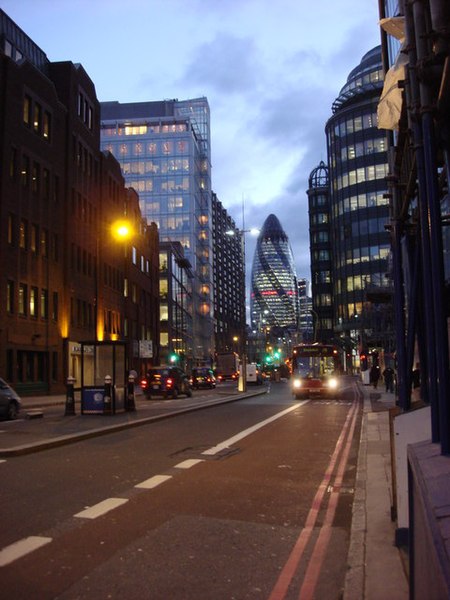Crosby Hall is a historic building in London. The Great Hall was built in 1466 and originally known as Crosby Place in Bishopsgate, in the City of London. It was moved in 1910 to its present site in Cheyne Walk, Chelsea. It now forms part of a private residence, which in 2021 was renamed Crosby Moran Hall.
Crosby Moran Hall viewed across the Thames from the south. The white stone gable visible in the background to the right belongs to the original medieval Great Hall.
Crosby Hall, showing commercial frontage added 1841
The interior of Crosby Hall in 1884, when it was in use as a restaurant
Crosby Hall at Chelsea from the east, showing the medieval Great Hall, faced in Portland stone, to the right; with 1990s additions in brick to the left
Bishopsgate was one of the eastern gates in London's former defensive wall. The gate's name is traditionally attributed to Earconwald, who was Bishop of London in the 7th century. It was first built in Roman times and marked the beginning of Ermine Street, the ancient road running from London to York (Eboracum). The gate was rebuilt twice in the 15th and 18th centuries, but was permanently demolished in 1760.
St Erkenwald, Saxon Prince, bishop and saint known as the "Light of London": Bishopsgate is thought to be named after him, and he is understood to have restored the gate
St Botolph-without-Bishopsgate lay immediately north of the original Bishopsgate, and of the defensive ditch around London's Wall.
The frontage of Paul Pindar's house on Bishopgate is preserved in the Victoria and Albert Museum.
Looking south from Norton Folgate down Bishopsgate








